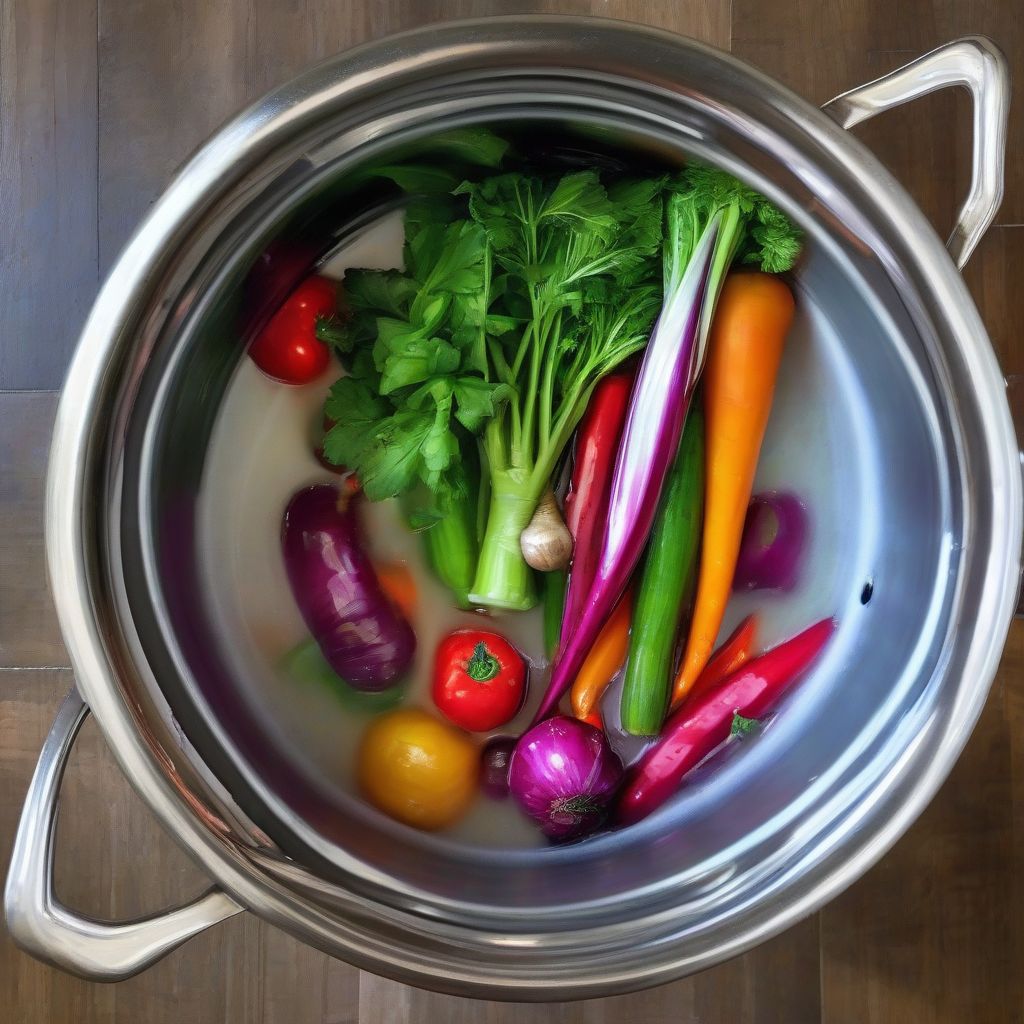Have you ever noticed how vibrant and crisp fresh vegetables are, only to become dull and mushy after cooking? It’s a common kitchen conundrum – how do we enjoy delicious cooked veggies without sacrificing their valuable nutrients? The good news is, it’s entirely possible! With a few smart techniques, you can maximize both flavor and nutrition in your vegetable dishes.
Understanding Nutrient Loss in Vegetables
Before diving into the how-to’s, let’s quickly understand why nutrients are lost during cooking. Heat, water, and air exposure are the main culprits. Some vitamins, like vitamin C and folate, are water-soluble and can leach into cooking water. Others, like vitamin A and E, are fat-soluble and more stable, but can still be degraded by prolonged high heat.
The Best Cooking Methods for Nutrient Retention
Steaming: A Nutrient Powerhouse
Steaming is widely considered the best cooking method for preserving nutrients. By gently cooking vegetables over boiling water, you minimize nutrient loss to the cooking liquid. A study published in the Journal of Food Science found that steaming broccoli preserved significantly more vitamin C compared to boiling. Invest in a good quality steamer basket and enjoy crisp-tender, nutrient-rich vegetables.
Microwaving: Surprisingly Effective
Contrary to popular belief, microwaving can be a surprisingly healthy way to cook vegetables. The short cooking time and minimal water usage help retain nutrients. A study published in the Journal of the Science of Food and Agriculture found that microwaving preserved more vitamin C in broccoli than boiling or stir-frying. Just be sure to use a microwave-safe dish with a lid to trap steam and ensure even cooking.
Stir-frying: Quick and Flavorful
Stir-frying is a fast and flavorful cooking method that can also preserve nutrients when done right. The key is to use high heat and cook the vegetables quickly, minimizing their exposure to heat. Use a small amount of healthy oil like olive oil or avocado oil. A quick stir-fry can create delicious, vibrant vegetables with minimal nutrient loss.
Roasting: Enhancing Flavor and Texture
Roasting vegetables brings out their natural sweetness and creates a delicious caramelization. While some nutrients can be lost during the roasting process, the dry heat method helps concentrate flavors and creates a pleasing texture. Toss vegetables with a small amount of oil and roast at high heat for optimal results.
Tips and Tricks for Nutrient-Rich Cooking
Minimize Cooking Time
Regardless of your chosen cooking method, aim to cook vegetables until they are tender-crisp, not mushy. Overcooking destroys both nutrients and flavor.
Use the Right Amount of Water
When boiling or blanching vegetables, use a minimal amount of water and cook for the shortest possible time. Consider using the nutrient-rich cooking water in soups or sauces.
Don’t Peel All Your Vegetables
The skin of many vegetables is packed with nutrients and fiber. Whenever possible, leave the skins on or scrub them well instead of peeling.
Cut Vegetables into Larger Pieces
Smaller pieces have more surface area exposed to heat and water, leading to greater nutrient loss. Cutting vegetables into larger pieces can help preserve nutrients.
Add a Little Fat
Fat-soluble vitamins, like vitamins A, D, E, and K, are better absorbed when consumed with a source of fat. Adding a drizzle of olive oil or a sprinkle of nuts or seeds to your cooked vegetables can enhance nutrient absorption.
 Vegetable-Cooking-Water
Vegetable-Cooking-Water
Embrace Variety
Different cooking methods affect nutrient retention differently. By incorporating a variety of cooking techniques into your routine, you ensure a broader spectrum of nutrients in your diet.
The Importance of Eating Your Vegetables
“Let food be thy medicine and medicine be thy food,” advised Hippocrates, and he was certainly onto something. Vegetables are nutritional powerhouses, providing essential vitamins, minerals, fiber, and antioxidants crucial for overall health and well-being. From boosting your immune system to reducing your risk of chronic diseases, eating a variety of vegetables is essential for a healthy lifestyle.
Conclusion
Cooking vegetables doesn’t have to be a nutritional compromise. By understanding the effects of different cooking methods and employing a few simple strategies, you can enjoy delicious, nutrient-rich vegetables every day. Embrace the vibrant flavors and textures that vegetables offer and make them a regular part of your healthy eating plan. What are your favorite ways to cook vegetables? Share your tips and recipes in the comments below!



